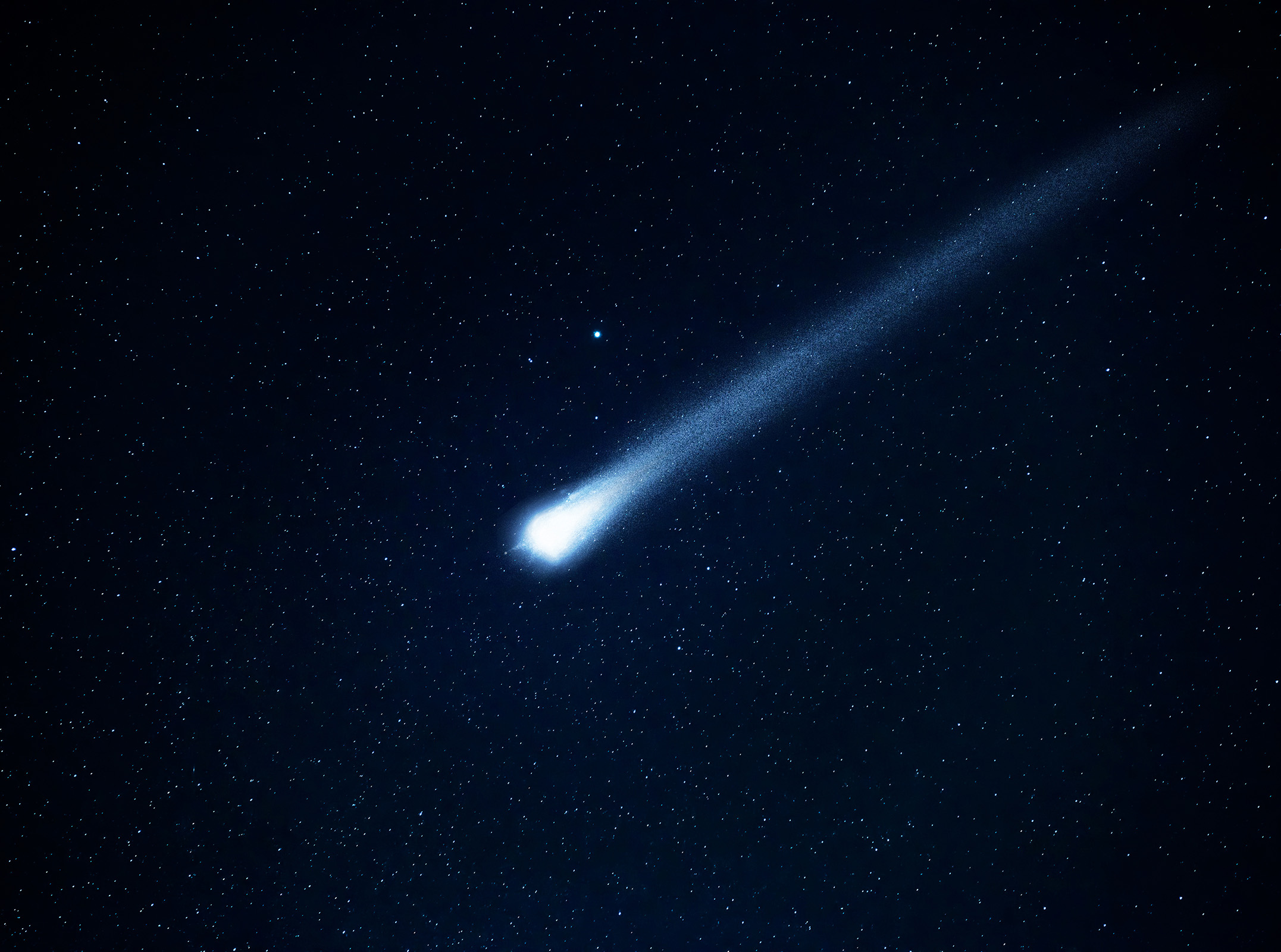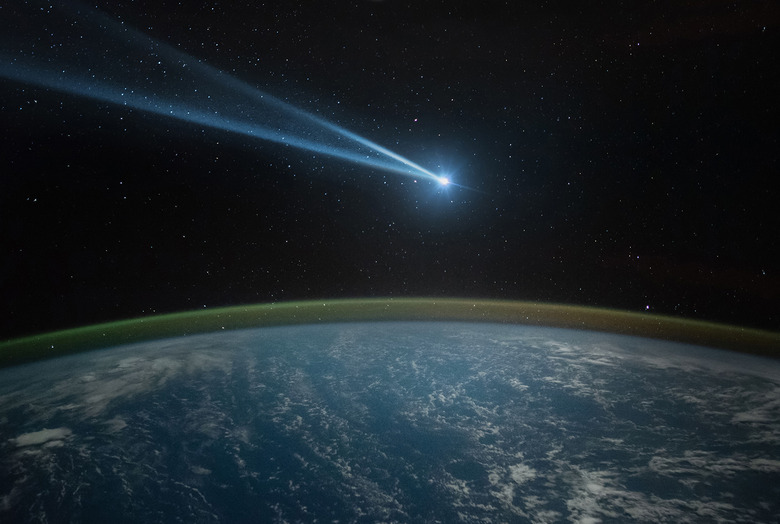Here's The Truth About The 'Halloween Comet' Everyone Is Talking About
What was supposed to be a once-in-a-lifetime naked-eye comet may have turned out to be nothing more than a cosmic tease. That's because Comet C/2024 S1 (ATLAS), or the "Halloween comet," which many thought might turn out to be as bright and visible as Comet Tsuchinsan-ATLAS, has turned out to be a bit of a disappointment.
Earlier this month, Space.com published an article suggesting that Comet C/2024 S1 would likely disintegrate before it could flare up like Comet Tsuchinsan-ATLAS, which continues to light up the night sky. As such, it was unlikely to flare up and become a bright, eye-catching object like its predecessor.
That, however, didn't stop another online story from appearing, suggesting the exact opposite. While that article quotes a NASA official as the one to say the Halloween comet "may become bright enough to see during the daytime," it left out a key part of the rest of the statement, which suggested that wasn't likely to happen at all.

Instead, it is most likely that this comet is just going to disappear into the glare of the sun over the course of the coming days. That's because it has likely already disintegrated, leaving nothing but a tail behind. Typically, in a situation like this, a potentially bright comet would ramp up its brightness over time.
However, the Halloween comet hasn't seen any change in brightness. In fact, it may have actually become dimmer, some believe. At the moment, most observers have placed the comet at a magnitude of just +10, which is still around 40 times dimmer than the faintest stars you can see without a telescope or binoculars.
So, if you were excited about the possibility of a second once-in-a-lifetime comet passing by Earth this month, the real news isn't as exciting. In fact, this comet will likely vanish completely when it passes by the sun. It could leave behind a tail, which may be visible with binoculars or a telescope, but considering its proximity to the sun, you'll need protective gear to take a look.
